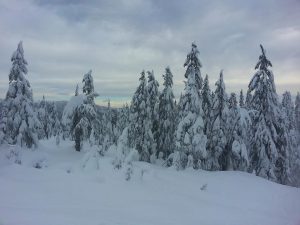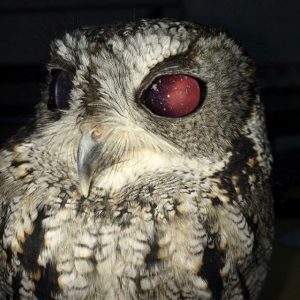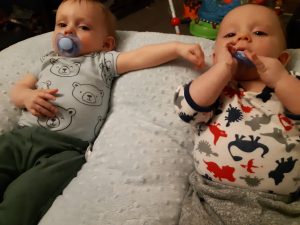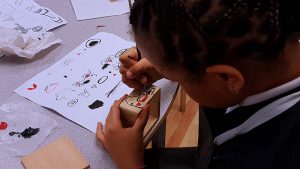Why should we be born into our home? I asked myself. Why shouldn’t we be able to choose our homes? And why shouldn’t my home be on Canada’s stunning west coast? After all, I had good friends who lived in Vancouver. I had visited the city numerous times and loved it. And since childhood I had felt that I was meant to live among soaring mountains and beautiful but unpredictable oceans.
So we went for it. We sold our home after only owning it for two years. We both quit our solid jobs. We sold most of our possessions, packed up our car, stuffed our 6 year old dog into the remaining empty corner of the backseat, and drove west. And we made a new home (a much smaller yet, of course, more expensive one) in the majestic North Shore mountains. And we made new friends and found new jobs that we loved and explored new parts of a country that is so vast and so foreign to most of us, despite calling it our “home”. And whenever somebody would ask why we moved (no doubt expecting an answer such as, “For work” or “For school”), we shrugged, smiled, and responded, “For a change.” But the real answer? I was looking for a home that felt like home at that period in my life.

Winter in the West Coast mountains
Because home, and the idea of home, is fluid. Your home changes. What you need from a home changes as you go through different periods of your life. When I was 14 and hated my parents and my (at the time) very troubled brother, nowhere felt more home to me than my friend Lisa’s basement, where I shared inside jokes with friends, and watched way too many episodes of The X-Files, and ate obscene quantities of cookie dough. When I was in my late teens and yearning for respect and responsibility, my home was the local swimming pool where I worked every summer, and where kids looked up to me and my wildly unhealthy but oh-so-desirable tan. I met my husband at a BBQ when I was 25 and fell in love instantly; he felt like home to me, that night I went to bed knowing I would marry him. He became my home. When we adopted our lunatic, lovable boxer/pitbull terrier, our home grew. And last year, our home grew exponentially when we welcomed twin boys into our family.
Shortly after their birth, we once again packed up the car, the dog (who at this point had given up trying to figure out what was going on), our few remaining possessions, and our boys, and we drove east. We moved back to Montreal. I guess our reasons for doing so are predictable; help from family members, affordable real estate, and the chance for our boys to grow up knowing their grandparents and aunts and uncles. We were moving back to where we grew up, but we avoided using the term “moving home”. That implies that we have one physical home. And that is untrue.
A few years ago, one of my high school students was a Mohawk girl who lived on a nearby reservation. One winter night her family house burned down. It was undoubtedly a tragic event; while no one was hurt, the family lost all of their possessions. They lost their house, but they did not lose their home. Their home was their family and their community, a community that rallied together to help out this family in every imaginable way.

Quebec Camping
My husband and I are now looking to buy a house in a small, semi-rural/semi-suburban town outside of Montreal. When I was a kid I had this great checklist of everything I wanted in my house. That checklist has gotten much smaller. I know it’s not the house that matters- a house is not a home. It may represent an idea of home, but it in itself is not home.
In so many ways, moving from Montreal to Vancouver and back in only a few years seems illogical. Financially, it made no sense. Career-wise, it was impractical. And we certainly confused the heck out of our poor dog. But I absolutely do not regret it. Because my home has grown. My understanding of Canada- a place that is, by default, my home- has grown. My understanding of the people of Canada has grown. My connections to these people has grown. “Home is where the heart is”, goes the old cliche. To me, home is IN my heart. I carry my home with me through my experiences and the relationships I have with the people who have shaped me. My home is in me.
Works Cited
Brownie, Marianne. Hollyburn Mountain in B.C. 2018. Photograph.
Brownie, Marianne. Lac des Poissons Blancs in QC. 2015. Photograph.
Frost, Robert. “The Death of the Hired Man”. Poetry Foundation. N.d. Web. 28 January 2019.
Kreviazuk, Chantal. “Feels like Home to Me”. 18 Dec. 2007. YouTube. Online video clip. 29 January 2019.
“Quebec Government, McGill Partner to study and curb post-graduate exodus.” CTV News Montreal. 23 May 2018. CTV News.Web. 28 January 2019.




